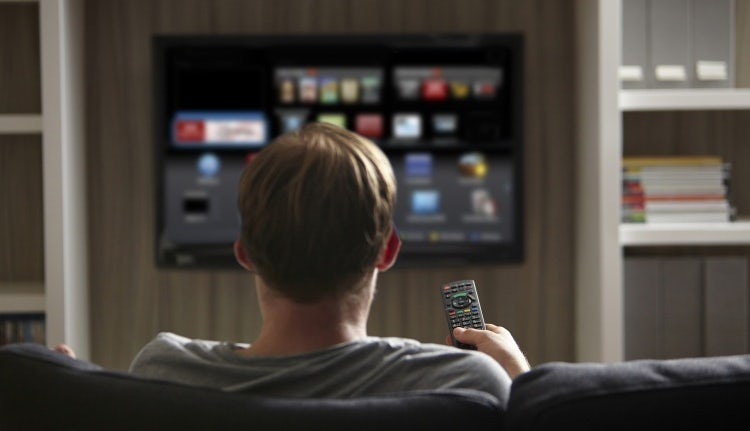Mark Ritson: Broadcasters must join forces to beat Amazon and Netflix
TV sets, not mobile devices, are the future of video but if traditional broadcasters want to survive they must stop
wasting time on their own smart TV apps and combine on
a single platform.

From the moment she was appointed, the word on the street about Carolyn McCall has been positive. The new chief executive of ITV was formerly the boss of easyJet, and her status not just as a senior media executive (previously CEO of Guardian Media Group) but a business leader of proper heft and experience meant expectations ran high from the minute she started the job in January.
And the signals have been good ever since. Everyone, and I mean everyone, rates her highly. Her desire to develop a British SVOD (subscription video on demand) channel for ITV in partnership with the other UK TV channels is further evidence that McCall gets what so many other TV executives are missing: the future. And the speed with which it now approaches.
“I think the window is closing,” McCall told the Guardian on Monday. Asked if ITV and its domestic rivals were in a last chance saloon to develop a British competitor to Netflix she responded: “Of course, which is why I think ITV feel we just want to get on. We know it’s not going to be easy. We know it’s not slam dunk. If we don’t do it [now] we will never do it. We have to take the plunge.”
READ MORE: Carolyn McCall wants to shake off ITV’s ‘cosy’ image as it takes on Amazon and Netflix
To understand why the “plunge” is necessary now you have to understand what I have witnessed around Europe over the past few weeks. I’ve visited many of the major markets for TV and given talks to marketers, agencies and media people. There’s nothing worse than some British wanker turning up in places like Frankfurt, Prague and Bucharest and showing exclusively British data to an audience who don’t know their Bush House from their Benny Hill.
So in advance of my visits, I gathered secondary data from these different markets to help me make my case in each of the countries during my presentation. And while the data helped me connect with the people I met and (I hope) deliver a more engaging talk, it also taught me something important.
In every market the picture is remarkably similar. Linear TV viewing is declining, but gently. And far more gently than the media might have you believe.
But mobile video is not displacing it. Despite what we were told two or three years ago at a crap conference by a bearded, sockless futurist, the growth in video viewing across tablets and smartphones is not the future of advertising. It’s not even the future of mobile.
Even so-called millennials still derive more of their video advertising from a TV and not a phone. TV remains the predominant medium for reach, video and emotion. The future is not quite as futuristic as we were promised.
At this point, if you work for commercial television, it might appear to be time to crack open the bubbly. TV is not dead. Mobile video is not the future. Let’s party like it’s 1989.
Non-traditional TV viewing
Not quite. Across Europe I keep seeing the same chart. A slight decline in time spent watching linear TV at the top of the line graph. At the bottom, bobbing along with relatively little growth, is time spent watching video on smartphones and tablets. But usually, somewhere in the middle of the time spent viewing chart is a third line.
It does not have a consistent name yet. Sometimes it is labelled ‘autre television’, on other occasions it’s called ‘verbundenes Fernsehen’ or is simply referred to as ‘autro’ depending on which country you are in. It’s the line representing all the viewing time that audiences spend watching the TV set, but not watching ‘TV’. It’s Netflix, it’s YouTube, it’s any viewing that happens on a TV that is non-traditional in origin. And it’s growing. Really quickly.
It’s clear that the TV set will remain the central portal for video, and especially video advertising, for many years to come. But it’s becoming equally clear that traditional TV stations are up against global digital companies intent on invading the TV set and taking over. …
… read on at marketingweek.com
Originally posted by